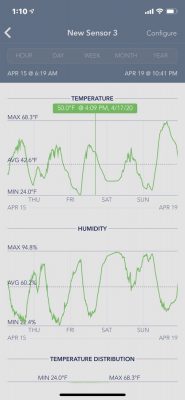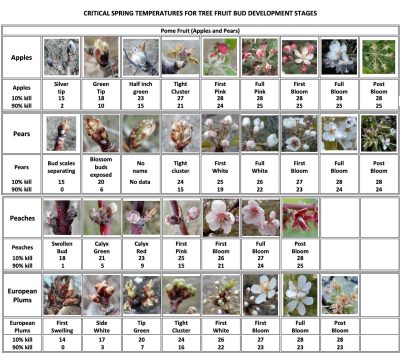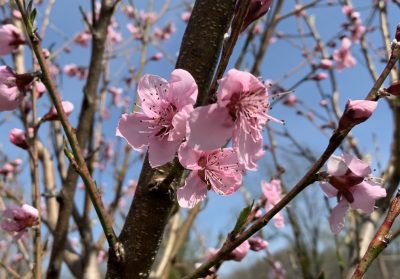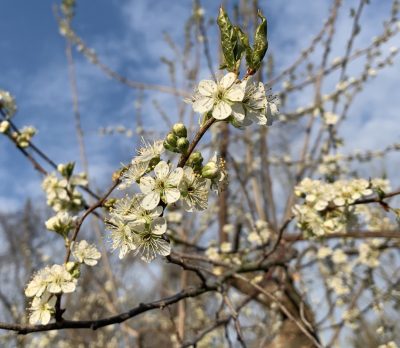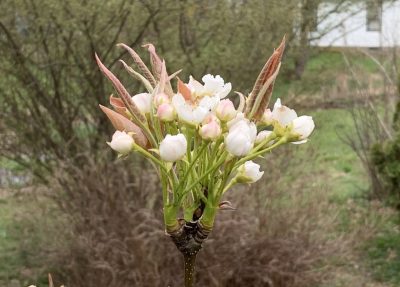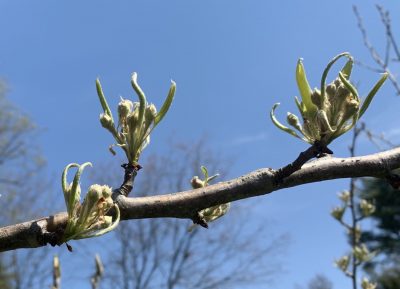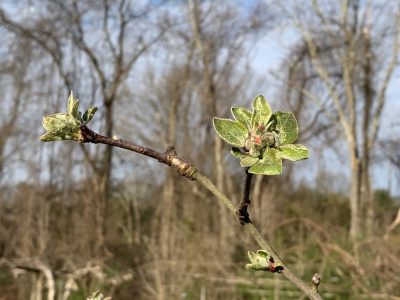FRUITS UNLAWFUL AND LAWFUL
Interloper, Not Welcome by Everyone
As I was coming down a hill on a recent hike in the woods, I came upon an open area where the path was lined with clumps of shrubs whose leaves shimmered in the early fall sunshine. The leaves — green on their topsides and hoary underneath — were coming alive as breezes made them first show one side, then the other.

The plants’ beauty was further highlighted by the abundant clusters of pea-size, silver flecked red (rarely, yellow) berries lined up along the stems. I know this plant and, as I always do this time of year, popped some of the berries into my mouth. The timing was right; they were delicious.
Many people hate this plant, which I’m sure a lot of readers recognized from my description as autumn olive (Elaeagnus umbellata). What’s to hate? The plant is considered invasive (and banned) in many states in northeast and midwest U.S. “It threatens native ecosystems by out-competing and displacing native plant species, creating dense shade and interfering with natural plant succession and nutrient cycling.”
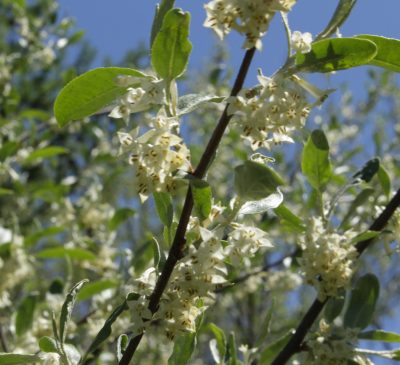
But there is a lot to love about this plant, in addition to its beauty. In spring, about the middle of May around here, the plant perfumes the air with a deliciously sweet fragrance. And poor soil is no problem. An actinobacteria (Frankia) at its roots takes nitrogen from the air and converts it into a form that plants can use.
That ability to make its own fertilizer is just one reason this plant was loved before it was hated. Native to Asia (where the plant is not considered invasive), autumn olive was introduced into the U.S. and the U.K. about 200 years
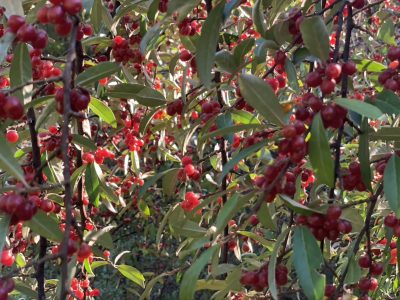
ago for their beauty and to provide shelter and food for birds, deer, bees, racoons, and other wildlife. The plant isn’t stingy with its garnered fertility. The soil near plants becomes richer, all to the benefit of nearby other plant species. As such, autumn olive has been planted to, for instance, reclaim soils of mine tailings, and, as interplants, to spur growth of black walnut plantations (by over 100 percent).
But let’s get back to me — and you — eating the berries. The berries are high in lycopene and other goodies so most sources tout the health and healing benefits, after admitting that the berries are astringent and tart.
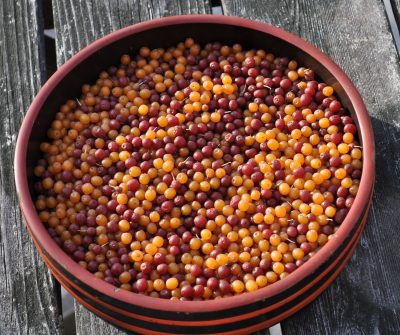
But, for most autumn olive plants, that’s only if they’re eaten underripe. Right now around here, some plants are offering their dead ripe berries that are neither tart nor astringent, but sweet. Don’t mind the single seed inside each berry. Just eat them also; they’re soft. That window of good flavor is fleeting, lasting only a couple of weeks.
And eating the berries, seed and all, will slow the plants’ spread, pleasing invasive plant people.
So Bad(?) Yet So Good
Are invasive plants really bad? Or just bad for us? Planet Earth likes plant growth. Plants take in carbon dioxide and release oxygen, sequestering carbon, blanket the ground to limit soil and water erosion, and help support micro and macro communities of organisms.
Natural landscapes and their associated natural communities aren’t static. They change as they evolve. No doubt, humans have altered many natural successions. That might spell disaster for our aesthetic or economic sensibilities, but is not “better” or “worse” for our planet.
Scandinavian Dreams
Noncontroversial is another red berry that I am now picking and enjoying. That’s lingonberries (Vaccinium vitis-idaea). If you are Scandinavian, you probably just smiled and a dreamy look came into your eyes.Each year, thousands and thousands of tons of lingonberries are harvested from the wild through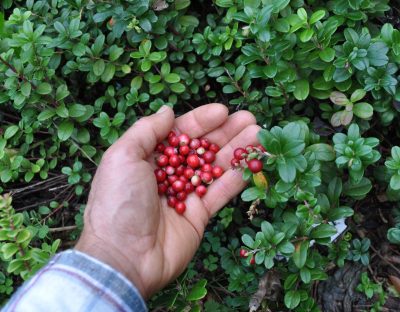 out Scandinavia, destined for sauce, juice, jam, wine, and baked goods. A fair number of these berries are, of course, just popped into appreciative mouths. Most everyone else only knows this fruit as a jam sold by Ikea.
out Scandinavia, destined for sauce, juice, jam, wine, and baked goods. A fair number of these berries are, of course, just popped into appreciative mouths. Most everyone else only knows this fruit as a jam sold by Ikea.
I grow this fruit and am now enjoying the fruits of my labors. I planted it both for its good looks and its good flavor, which got it a chapter in my book Landscaping with Fruit. (Autumn olive also made it in.) Let’s start in spring, when cute, little urn-shaped blossoms dangle singly or in clusters near the ends of the thin, semi-woody stems rising less than a foot high. These urns hang upside down (upside down for an urn, that is) and are white, blushed with pink. They’re not going to stop traffic from the street, but are best appreciated when plants are grown where they can be looked at frequently and up close—such as in the bed at the front of my house.
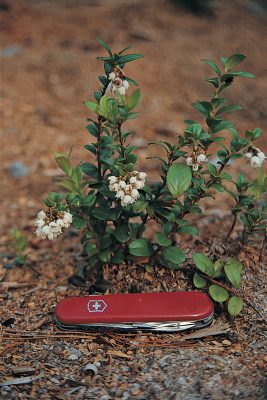
4-44-P14
If you miss the spring floral show, you get another chance because lingonberries blossom twice each season. This second show, appearing in mid- to late summer on young stems, bore the fruits I am now enjoying.
Lingonberry sports evergreen leaves, the size of mouse ears and having the same green gloss as those of holly. Like holly, they retain their lush, green color right through winter. New shoots sprout above the spreading roots and stolons to so plants eventually make an attractive and edible groundcover.
The fruits that follow the flower shows couple just enough sweetness with a rich, unique aroma so they are, if picked dead ripe, delicious plucked right off the plants into your mouth or mixed with, say, your morning cereal. They are pea-sized and somewhat of a show in themselves. The bright red berries hang on the plants for a long time, well into winter, making a perfect Christmas decoration in situ.
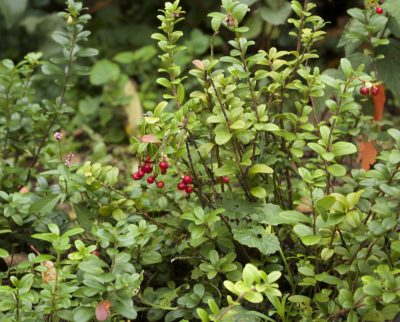
Lingonberry is native to colder regions throughout the northern hemisphere. This fruit is the Preiselbeere of the Germans, the kokemomo of the Japanese, the puolukka of the Finns, the wisakimin of the Cree, the airelle rouge of the French, the keepmingyuk of the Inuit—and the lingon of the Swedes. In English, the plant parades under a number of monikers, including partridgeberry (Newfoundland), cowberry (Britain), foxberry (Nova Scotia), mountain cranberry, and rock cranberry.
If you grow lingonberry, give it the same soil conditions as its relatives, blueberries, mountain laurels, and rhododendrons. To whit: Well-drained soil that is high in organic matter, very acidic, and not too fertile.

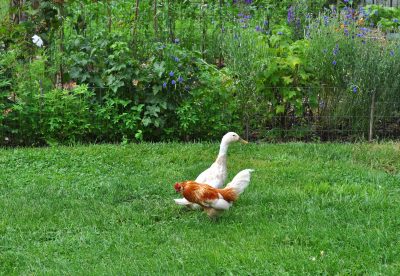
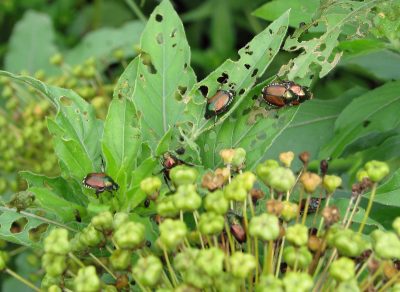

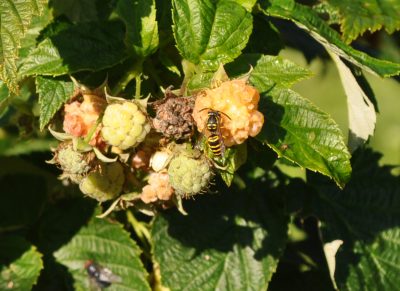
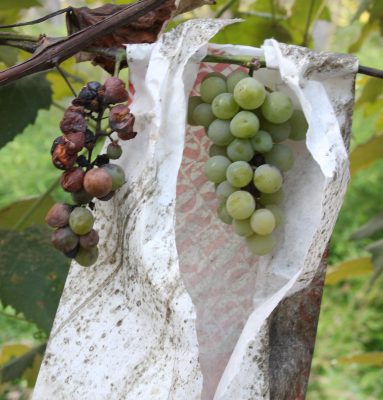
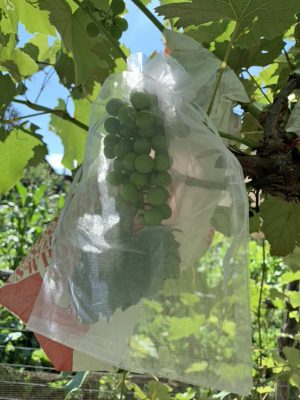 The first grapes of the season, Somerset Seedless and Glenora, started ripening towards the end of August. The first of these varieties is one of many bred by the late Wisconsin dairy farmer cum grape breeder Elmer Swenson. The fruits of his labors literally run the gamut from varieties, such as Edelweiss, having strong, foxy flavor (the characteristic flavor component of Concord grapes and many American-type grapes) to those with mild, fruity flavor reminiscent of European-type grapes. Somerset Seedless is more toward the latter end of the spectrum and, of course, it’s seedless. Swenson red and Briana, which are ripe as you read this, are more in the middle of the spectrum.
The first grapes of the season, Somerset Seedless and Glenora, started ripening towards the end of August. The first of these varieties is one of many bred by the late Wisconsin dairy farmer cum grape breeder Elmer Swenson. The fruits of his labors literally run the gamut from varieties, such as Edelweiss, having strong, foxy flavor (the characteristic flavor component of Concord grapes and many American-type grapes) to those with mild, fruity flavor reminiscent of European-type grapes. Somerset Seedless is more toward the latter end of the spectrum and, of course, it’s seedless. Swenson red and Briana, which are ripe as you read this, are more in the middle of the spectrum.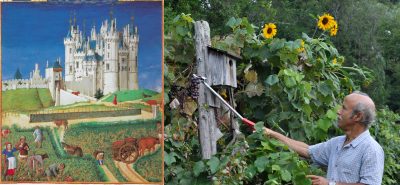
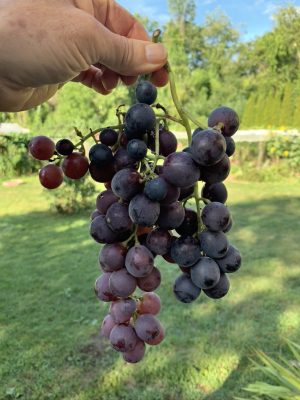
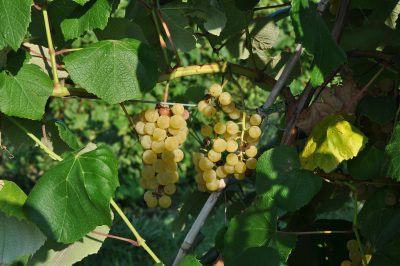
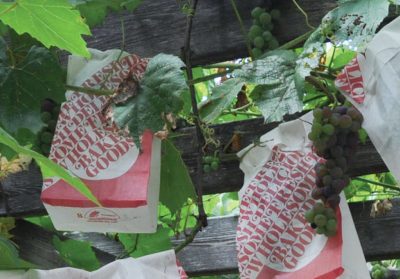 Perhaps the label made the bags even less attractive to grape-hungry birds and insects; at any rate, they worked very well, usually yielding almost 100 late harvest, delectably sweet and flavorful, perfect bunches of bagged grapes each year.
Perhaps the label made the bags even less attractive to grape-hungry birds and insects; at any rate, they worked very well, usually yielding almost 100 late harvest, delectably sweet and flavorful, perfect bunches of bagged grapes each year.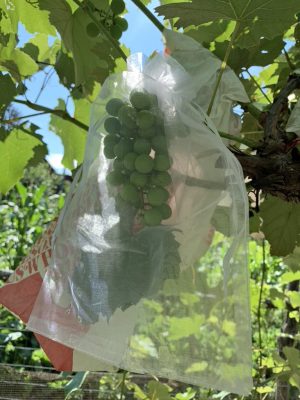 Organza is an open weave fabric often made from synthetic fiber. Small organza bags typically enclose wedding favors; the bags come in many sizes. Organza bags have the advantage over paper bags of letting in more light. A mere pull of the two drawstrings makes bagging the fruit very easy; paper bags involve cutting, folding, and stapling. Organza bags also re-usable. (The bags also work well with apples which, in contrast to grapes, require sunlight to color up.)
Organza is an open weave fabric often made from synthetic fiber. Small organza bags typically enclose wedding favors; the bags come in many sizes. Organza bags have the advantage over paper bags of letting in more light. A mere pull of the two drawstrings makes bagging the fruit very easy; paper bags involve cutting, folding, and stapling. Organza bags also re-usable. (The bags also work well with apples which, in contrast to grapes, require sunlight to color up.)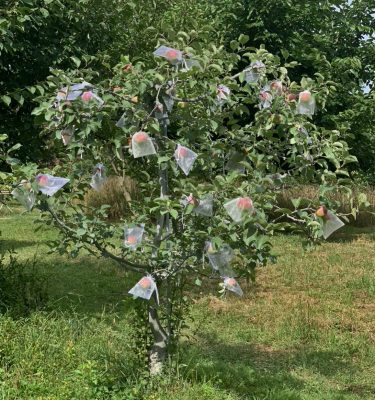
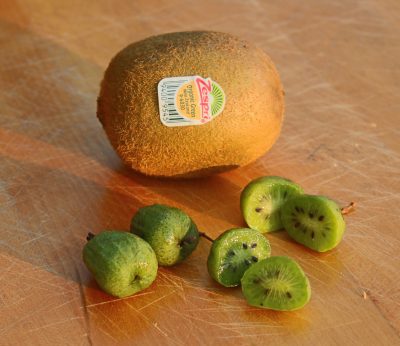
 This species is also relatively sedate in growth, so is easier to manage. One problem with this fruit, which my ducks and dogs consider a plus, is that it drops when it is ripe, perhaps because it’s ripening so quickly during hot days of summer.
This species is also relatively sedate in growth, so is easier to manage. One problem with this fruit, which my ducks and dogs consider a plus, is that it drops when it is ripe, perhaps because it’s ripening so quickly during hot days of summer.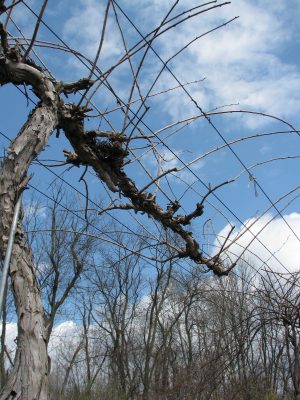 Each plant’s strongest shoot has been trained to become a trunk that reaches the center wire, then bifurcates into two permanent arms, called cordons, running in opposite directions along the center wire.
Each plant’s strongest shoot has been trained to become a trunk that reaches the center wire, then bifurcates into two permanent arms, called cordons, running in opposite directions along the center wire.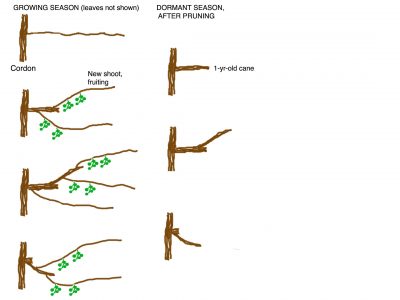
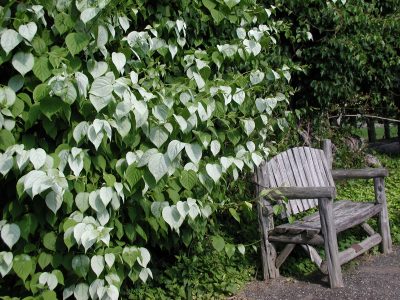

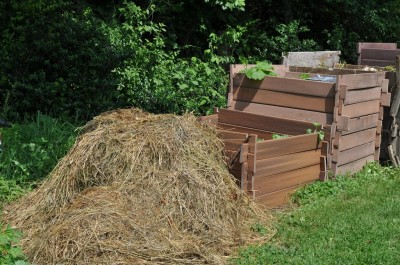
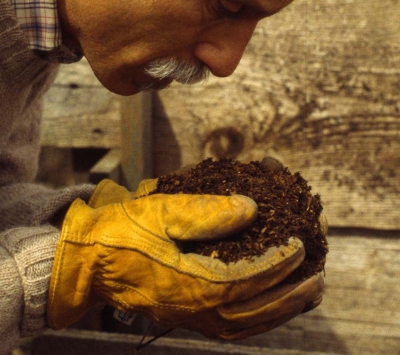
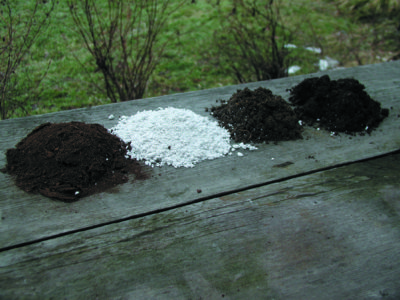
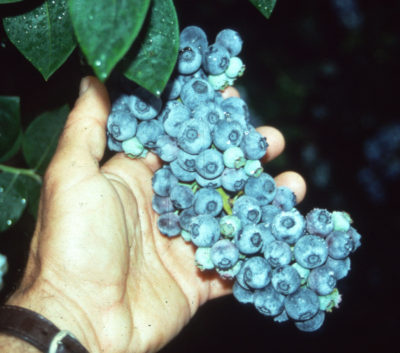
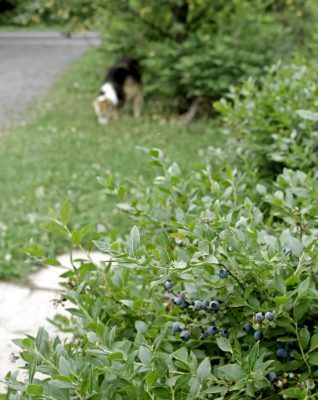 The wall supports the bed of them planted along with lingonberries, mountain laurels, and rhododendrons. These plants are grouped together because they are in the Heath Family, Ericaceae, all of which demand similar and rather unique soil conditions. That is, high acidity (pH 4 to 5.5), consistent moisture, good aeration, low fertility, and an abundance of soil organic matter. The small blueberries send me back to many summers ago in Maine when a very young me hiked in the White Mountains and picked these berries from plants growing amongst sun-drenched boulders. Care needed: mulching in autumn, and cutting a portion of the planting to the ground with a hedge trimmer every second or third winter.
The wall supports the bed of them planted along with lingonberries, mountain laurels, and rhododendrons. These plants are grouped together because they are in the Heath Family, Ericaceae, all of which demand similar and rather unique soil conditions. That is, high acidity (pH 4 to 5.5), consistent moisture, good aeration, low fertility, and an abundance of soil organic matter. The small blueberries send me back to many summers ago in Maine when a very young me hiked in the White Mountains and picked these berries from plants growing amongst sun-drenched boulders. Care needed: mulching in autumn, and cutting a portion of the planting to the ground with a hedge trimmer every second or third winter.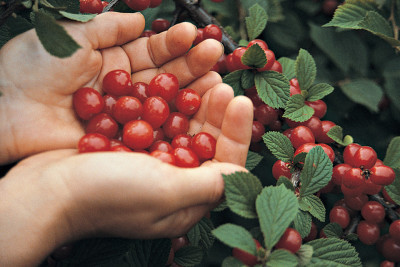
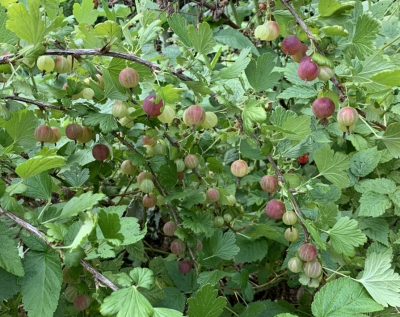
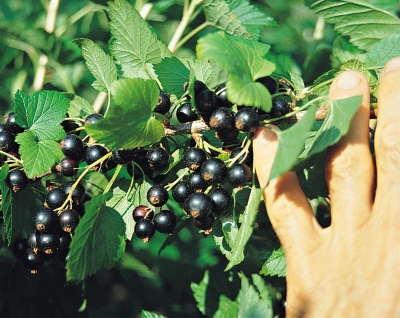
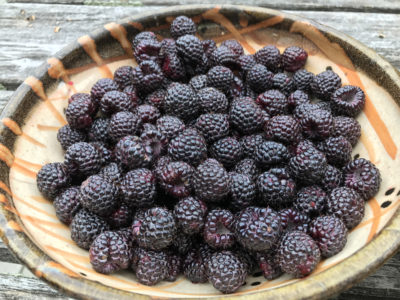
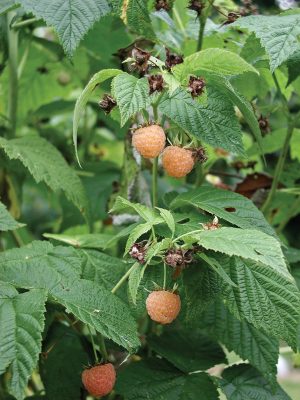 This variety, carrying genes of some species of Asian raspberry, has a sweet, delicate flavor unlike any other variety. Physically, the berries are similarly sweet and delicate, a pale, pinkish yellow. Their fragility makes them a poor commercial fruit so you won’t see them for sale. Grow them.
This variety, carrying genes of some species of Asian raspberry, has a sweet, delicate flavor unlike any other variety. Physically, the berries are similarly sweet and delicate, a pale, pinkish yellow. Their fragility makes them a poor commercial fruit so you won’t see them for sale. Grow them.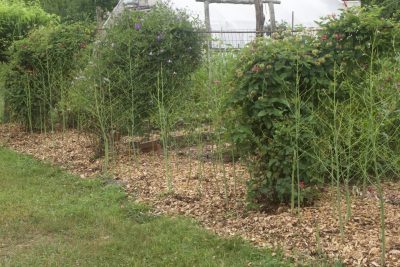
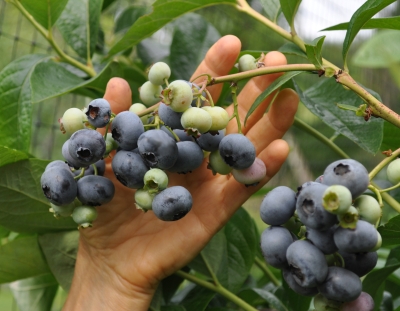
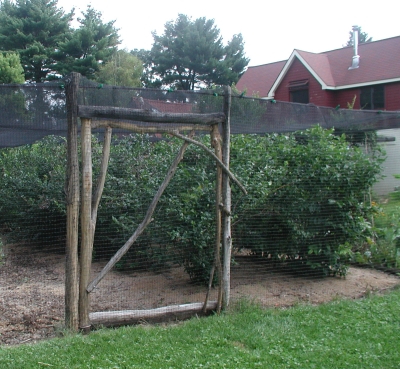


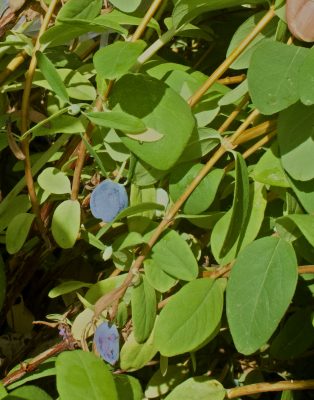
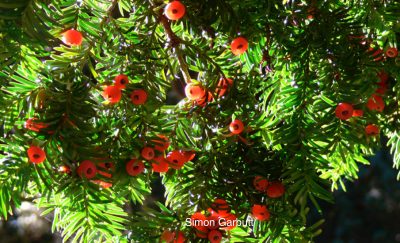
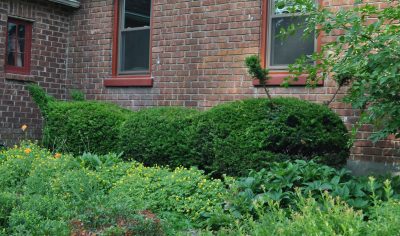
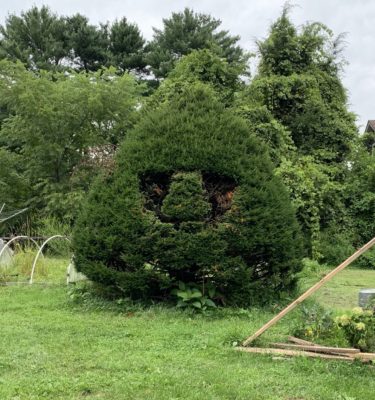
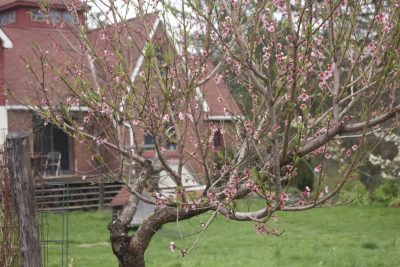
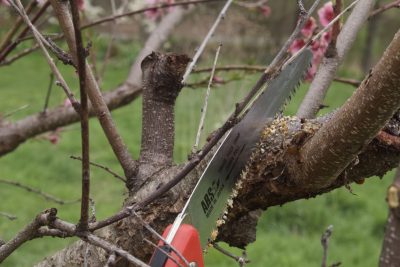 major cuts aimed at keeping the tree open to light and air.
major cuts aimed at keeping the tree open to light and air.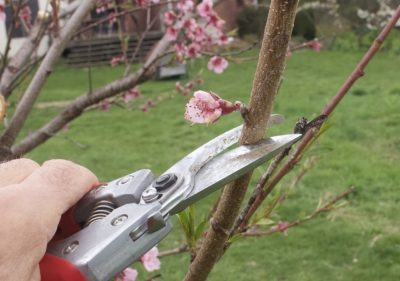
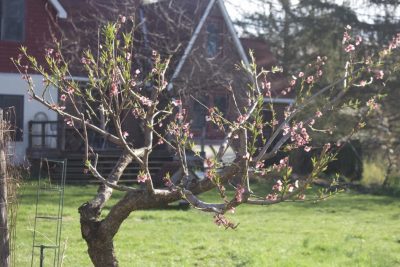 And, of course, for more about pruning, there’s my book,
And, of course, for more about pruning, there’s my book, 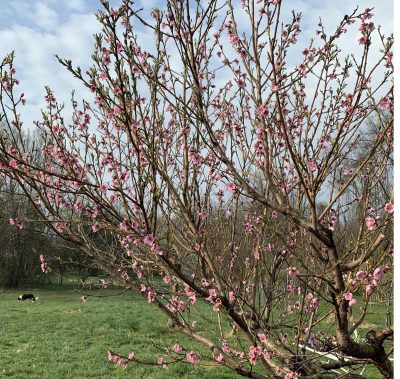
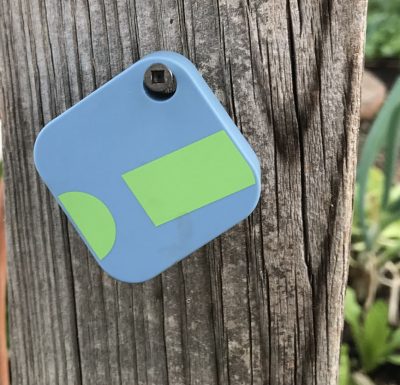 Great. Even better, temperature (as well as humidity) is recorded, and can be displayed graphically or downloaded to my computer. So I didn’t have to be awake to find out the mercury hit 32.5°F at 12:16 AM on the night of April 17th and stayed there until it began rising around 7 AM.
Great. Even better, temperature (as well as humidity) is recorded, and can be displayed graphically or downloaded to my computer. So I didn’t have to be awake to find out the mercury hit 32.5°F at 12:16 AM on the night of April 17th and stayed there until it began rising around 7 AM.